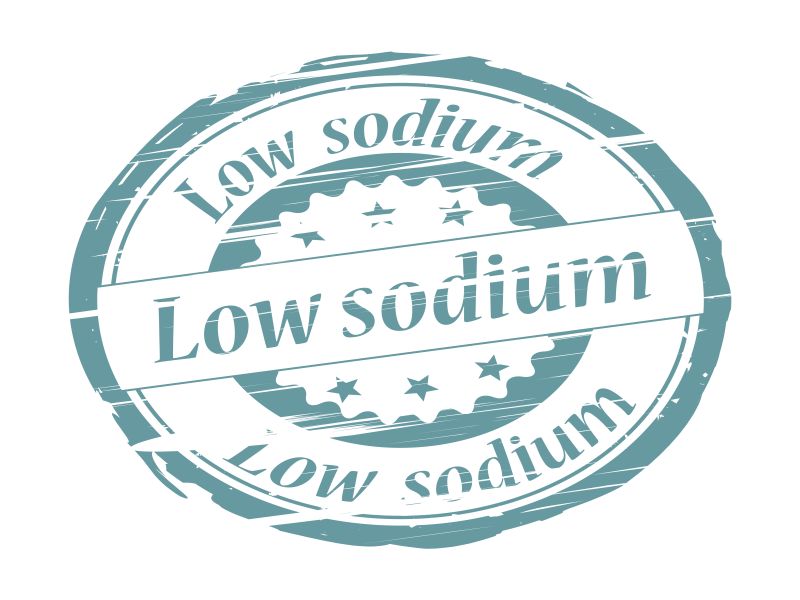Sodium Reduction in Soups, Snacks and Meats
Companies are finding new ways to reduce sodium in food ingredients following voluntary FDA guidelines.
September 20, 2017

Increased attention to health and wellness has many consumers thinking about the healthfulness of their food and the ingredients used to make those products. In this new clean-label norm, consumers not only are seeking out minimally processed products made with recognizable ingredients, but they also are avoiding or limiting ingredients such as fat, sugars and sodium.
New guidelines from FDA recommend cutting sodium intake from 3,000 mg/d to 2,300 mg/d, and to meet these new guidelines, food companies have adapted creative ways to reduce sodium levels while keeping the flavors and functionality of their products.
Companies across the board have seen significant movement toward sodium reduction in products that are traditionally high in salt including snack foods, prepared meats, soups and sauces. Consumer taste buds are sensitive, accustomed to the salty flavor of their favorite potato chip or ready-to-eat soup, and reducing salt may also reduce the flavor consumers desire.
Ron Hayes, marketing manager with Idaho Milk Products, said alternate ingredients can be used to replicate taste and functionality sodium chloride.
“The current trend seems to be that companies are using mixtures of other metal salts such as potassium chloride, magnesium chloride, calcium chloride, etc., to replace as much sodium chloride as possible,” Hayes said. “All mixes have limits, however, because they can possess bitter or astringent flavors compared to sodium.”
At Biospringer North America, yeast extracts are the go-to ingredients for hiding taste difference caused by replacing sodium chloride with other metal salts. According to Marilyn Stieve, marketing manager at Biospringer, the Springer 2000 series, a baker’s yeast extract, reduces those bitter and astringent flavors that can result from reducing sodium, while still enhancing the product’s functionality.
“The yeast extracts can add back umami (savory and rounded mouthfeel of foods) and salty perception as well as mask off notes of potassium chloride, which is often used to maintain the functionality of sodium chloride,” Stieve said.
Salt also plays a very important functional role in the texture and preservation of meats, however results show that 31 percent of consumers avoid the word “sodium” when buying meat products and 29 percent avoid the word “preservative,” according to a Kemin Food Technolgies consumer research study conducted by Harris Poll.
Kemin has also found ways to preserve flavor, preservation and protein functionality while reducing sodium.
About the Author(s)
You May Also Like




.png?width=800&auto=webp&quality=80&disable=upscale)